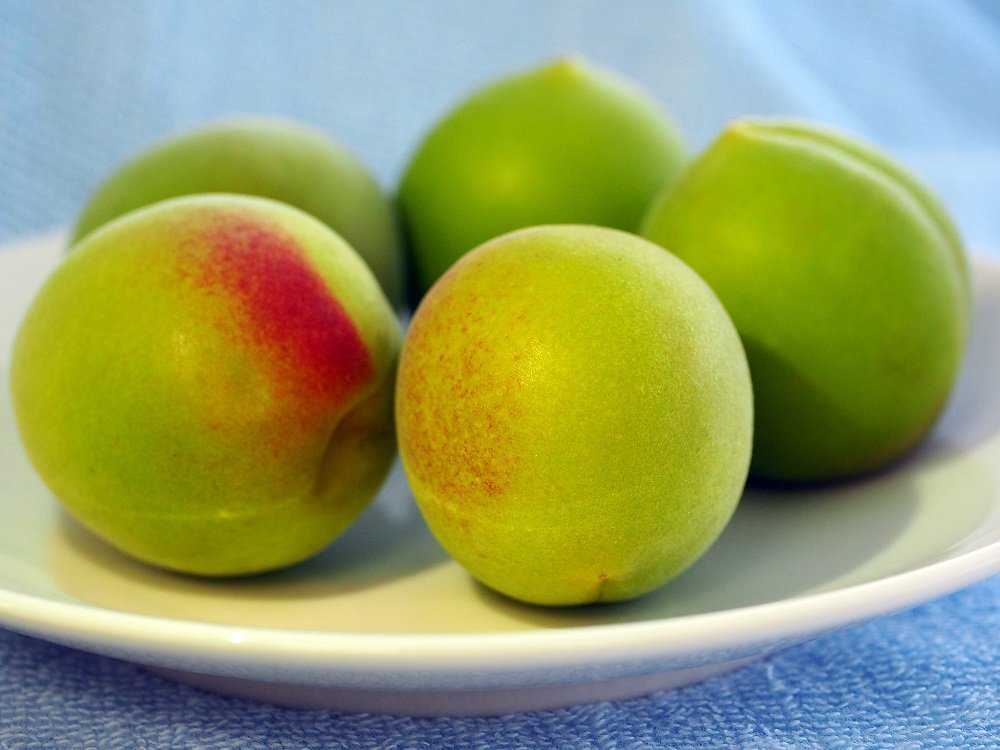Himi Inazumiume
| Registration Number | 112 |
|---|---|
| Name of the GI | Himi Inazumiume |
| Class | Fruit |
| Date of Protection | 2022/02/03 |
| Producing Area |
Toyama Prefecture
Himi City |
| Applicant - Name and Address | ・Tokusan Himi Inazumiume Seisankumiai (Tokusan Himi Inazumiume Producers’ Association) Inazumi 355-2, Himi City, Toyama Prefecture ・Inazumi Umenosato Shinkoukai (Inazumi Umenosato Committee) 1-3 Mashima, Himi City, Toyama Prefecture |
Producing Area
"Himi Inazumiume" is a Japanese ume plum with light green skin, small seed and thick pulp.
The skin is difficult to tear when it is processed into "umeboshi (pickled ume)" (1). This plum is praised as it produces good color umeboshi with moderate acidity.
For Himi Inazumiume, a plum variety "Inazumi" is used.
The plum is grown in the production area according to the "Himi Inazumi Plum Cultivation Calendar" prepared by the Toyama Prefecture Takaoka Agriculture and Forestry Promotion Center. Plums that are at least 15g, not rotten and not significantly damaged by disease or other causes are shipped.
"Inazumi" is a rare cultivar discovered in Inazumi District, Himi City, in 1949, and bred by selection. It adapts to the snowy climate of the production area. After the discovery, members worked to improve the nurturing method; and the cultivation method was established in 1986. Thereafter, saplings began to be planted in abandoned fields, roadsides and parks. The cultivation area has been increased by members jointly performing thinning, pest control, harvesting, etc. Production has expanded to a production volume of 27t, 27 production households and cultivated area of 8.8ha in 2019.
- Umeboshi : Umeboshi is highly salted pickled ume. It is a Japanese traditional article eaten since the Heian period(2). Served with onigiri (rice ball) and packed lunch, it is a representative food of Japan.
- Heian period: Heian period (794 to 1185AD) is a time division in Japanese history. The approximately 390-year-long period extends from the time when Emperor Kammu moved the capital to Heiankyo (present Kyoto City) until the establishment of Kamakura shogunate. It was when the emperor-centered political system based on the Ritsuryo codes shifted to aristocracy and governments by retired emperors and samurai. The Japanese medieval culture, including Buddhist and aristocratic cultures, also flourished during this period.


